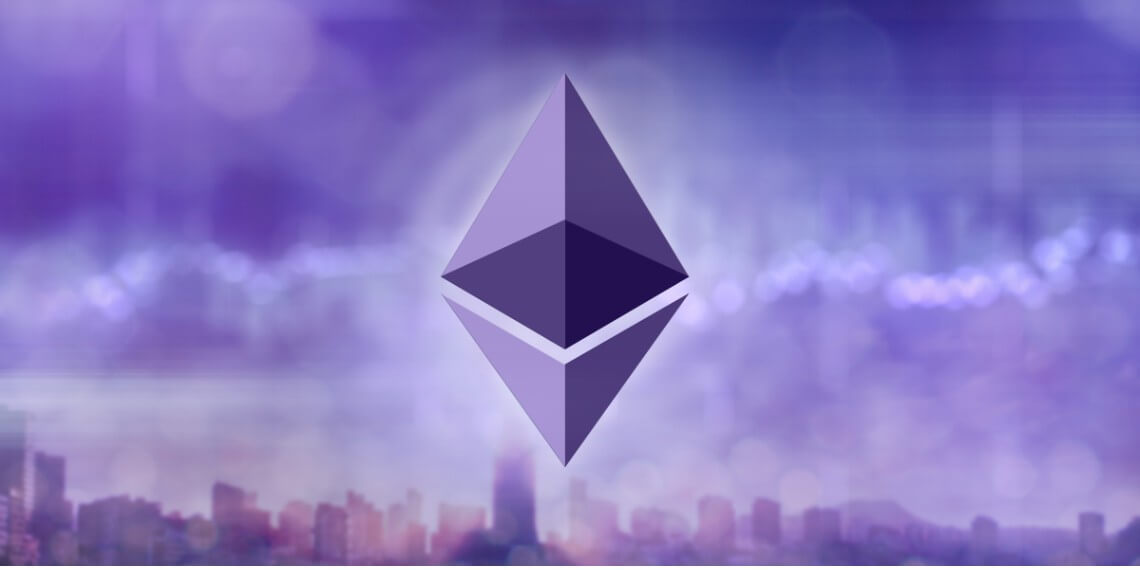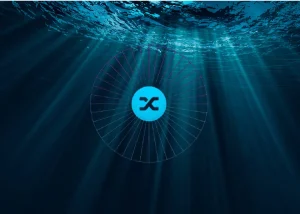This week, ERC-4337, an Ethereum network upgrade, was quietly deployed. It heralds a slew of enhancements to the Ethereum ecosystem. The Ethereum mainnet now has an audited version of the Ethereum Foundation’s ERC-4337 account abstraction standard.
EIP-4337 was deployed on the Ethereum mainnet on March 1, ushering in a new token standard – ERC-4337. The implementation of the token standard was first proposed in September 2021.
What is the Ethereum ERC-4337 standard?
On March 1, an Ethereum developer, Yoav Weiss, announced ERC-4337, or “smart accounts,” at WalletCon in Denver, Colorado. ERC-4337 (previously EIP-4337) is also referred to as account abstraction. It provides the foundation for a variety of features, including account recovery and group-access wallets. Other potential applications include bundled and sponsored transactions with discounted transaction fees.
It will also enable platforms to offer crypto services without requiring users to manually create a traditional wallet and store their seed phrase or private key. Instead, account abstraction stores keys locally on the user’s hardware security module (HSM) and are, therefore, as secure as a self-custodial crypto wallet.
According to reports, Weiss states that new users will no longer need to learn about complex seed phrases or the technical process of setting up a wallet in order to enter the decentralized world of cryptocurrencies.
"EIP-4337 is going to take a year or whatever" – @sashaaldrick of @gelatonetwork
— John Rising (@johnrising_) February 25, 2023
You're in for a big surprise
Account abstraction enables the unique cryptographic keys used for cryptocurrencies to be stored on standard smartphone security modules, effectively transforming them into hardware wallets. However, the display remains a security concern compared to traditional hardware wallets. In addition, initial gas costs on mainnet could be prohibitive, despite the fact that other EVM chains and Layer 2s have low fees that make it viable.
The relevant smart contract was deployed on February 28, several hours prior to the official announcement of the feature. The feature can additionally be implemented on any EVM-compatible blockchain, such as BNB Smart Chain (BNB), Polygon (MATIC), and Avalanche (AVX).
The majority of Ethereum’s existing wallets are owned by third parties (EOA). The list, which includes providers such as MetaMask and imToken, represents the vast majority of wallets currently available in the Ethereum ecosystem.
It even extends to hardware wallets like the Ledger Nano, where only one key controls an account — which means that if the key is compromised or lost, any tokens within the wallet are compromised as well. The goal of account abstraction is to make the account more adaptable to the needs of the user.
ERC-4337 Specifics and adaptation
ERC-4337 also allows for two-factor authentication, signing transactions on your phone with a fingerprint or face scan, setting monthly spending limits on an account, and playing blockchain games without constantly having to approve transactions.
In addition, users who misplace their phone or device can use time-locked social account recovery through a group of trusted friends or even a commercial service. Weiss stated:
For some users, this may simply mean getting the user experience of a bank — where someone can always help recover your bank account even if you lose your password […] For more sophisticated users, it could mean adding more controls or features to your account for more sophisticated users. It gives you the same features a bank would without having to trust a bank.
Yoav Weiss
ERC (Ethereum request for comment) is an opt-in standard that no one is required to use. Rather than changing consensus rules, ERC ensures that everyone agrees on a standard before using it on-chain.
One well-known example is the ERC-20 token standard. ERC-20 has no effect on Ethereum’s protocol. However, a standard has been established because developers agreed that tokens should follow ERC-20 rules.
The standard has been in development for two years, with the Ethereum Foundation providing grants to the team. While smart contract wallets from Argent and Gnosis offer comparable functionality, these solutions require centralized components known as relays to pay gas fees, whereas ERC-4337 decentralizes the entire system.
Alongside Ethereum co-founder Vitalik Buterin and five others, Weiss was one of the primary authors of EIP 4337. He stated that Buterin first posted about the concept nine years ago, “long before Ethereum was even launched.”
Prior to this, there were numerous proposals to enable account abstraction, but they all required a challenging hard fork of Ethereum and took a back seat to more pressing upgrades such as the Merge. ERC-4337 is an alternative protocol that utilizes “bundlers” for decentralized infrastructure.
4. Use plain language
— John Rising (@johnrising_) February 25, 2023
Because the contract handles the esoteric blockchain stuff, you don't have to use words like "gas" or "nonce" to accurately describe what's happening.
This is a huge win for crypto adoption and security. pic.twitter.com/TROvRTJjNN
Similar to miners or validators, bundlers retrieve user operations from the mempool and return the desired result to the wallet. The bundlers are also responsible for the gas (transaction fee) and are compensated by the user’s contract account or a third party known as a “paymaster.” This entity may be a decentralized application (DApp) or a wallet provider.
Smart accounts, also known as account abstraction, are shaping up to be a major crypto theme in 2023. The technology has been natively integrated into zk-Rollup layer 2 solutions from StarkWare and zkSync, and Visa has developed an automated crypto-bill payment system that employs it.





